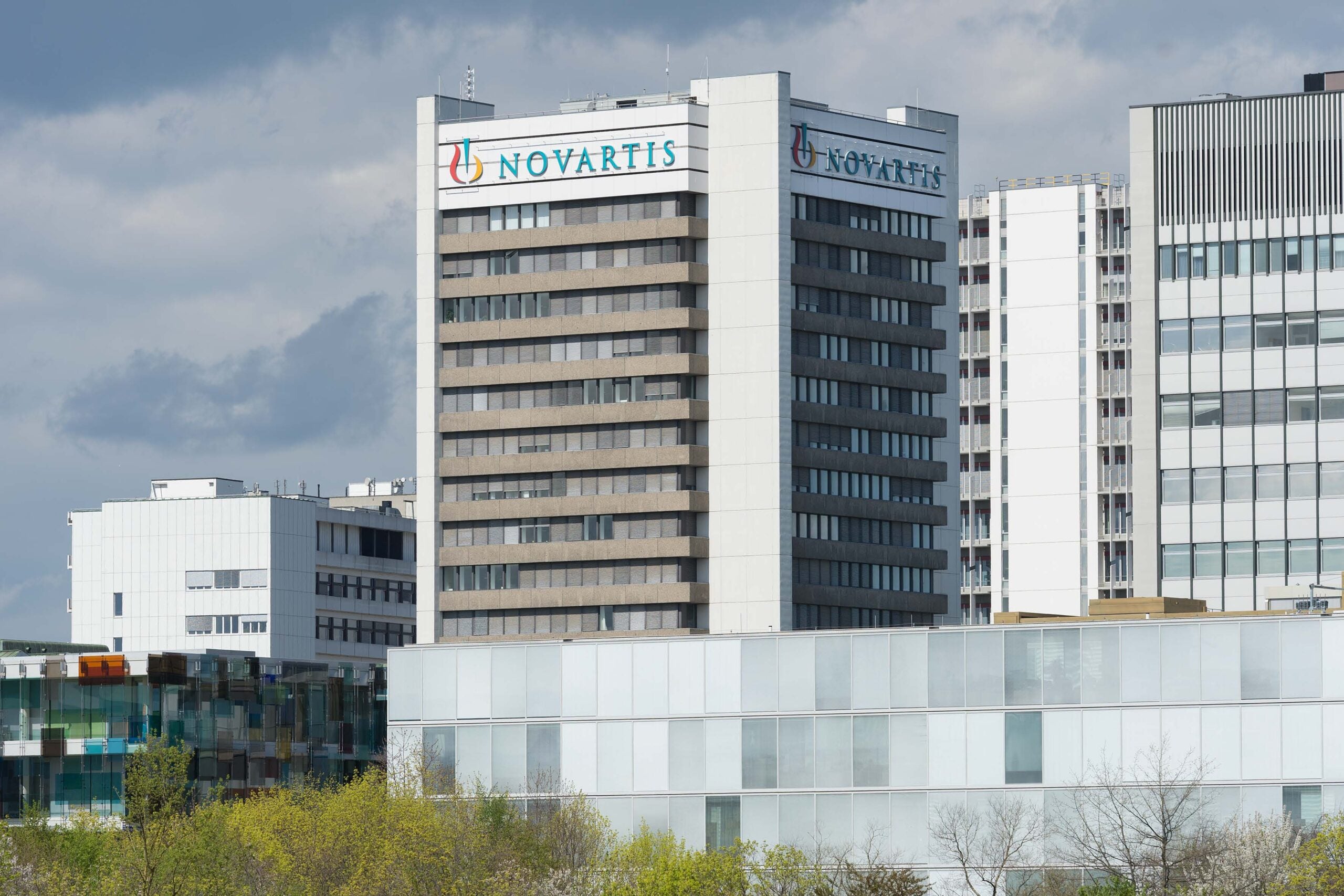
Novartis has reported that its Beovu (brolucizumab) drug met primary endpoints in Phase III KESTREL and KITE clinical trials involving diabetic macular oedema (DME) patients.
According to one-year data from the trials, 6mg Beovu showed non-inferiority in change in best corrected visual acuity (BCVA) from baseline compared to 2mg aflibercept.
In KESTREL study, patients who received Beovu demonstrated a mean of 9.2 letters against 10.5 letters for those on aflibercept. Meanwhile, in KITE trial, Novartis’ drug led to a mean of 10.6 letters compared to 9.4 letters with aflibercept.
For secondary endpoints, data revealed intraretinal and/or subretinal fluid (IRF/SRF) at weeks 32 and 52 in fewer eyes treated with Beovu versus those on aflibercept.
The company added that central subfield thickness (CSFT) levels below 280μm were found at weeks 32 and 52 in more eyes treated with Beovu versus eyes treated with aflibercept.
Fluid is considered as an important disease activity marker in DME while CSFT is a key marker of fluid in the retina.
How well do you really know your competitors?
Access the most comprehensive Company Profiles on the market, powered by GlobalData. Save hours of research. Gain competitive edge.

Thank you!
Your download email will arrive shortly
Not ready to buy yet? Download a free sample
We are confident about the unique quality of our Company Profiles. However, we want you to make the most beneficial decision for your business, so we offer a free sample that you can download by submitting the below form
By GlobalDataNovartis said that these trial data may enable fewer injections of Beovu, an anti-vascular endothelial growth factor (VEGF), from the beginning of treatment.
The Phase III trials involved 926 DME patients across 36 countries. KESTREL included the brolucizumab 3mg group, which failed to meet the primary goal.
Novartis Pharmaceuticals Ophthalmology global development unit head Jill Hopkins said: “With these data demonstrating vision gains, fluid resolution and the potential for less frequent injections for eligible patients, we are one step closer to providing DME patients with a potential new treatment option.”
Results showed Beovu was overall well-tolerated in both trials. The most common ocular and non-ocular adverse events reported were conjunctival haemorrhage, nasopharyngitis and hypertension.
Novartis plans to submit these one-year results to regulatory authorities in the first half of this year. Two-year results from KESTREL and KITE are expected to be available later this year.
In March, the company reported the first interpretable, positive data from the Phase III VISION study of 177Lu-PSMA-617 in progressive PSMA-positive metastatic castration-resistant prostate cancer (mCRPC).



